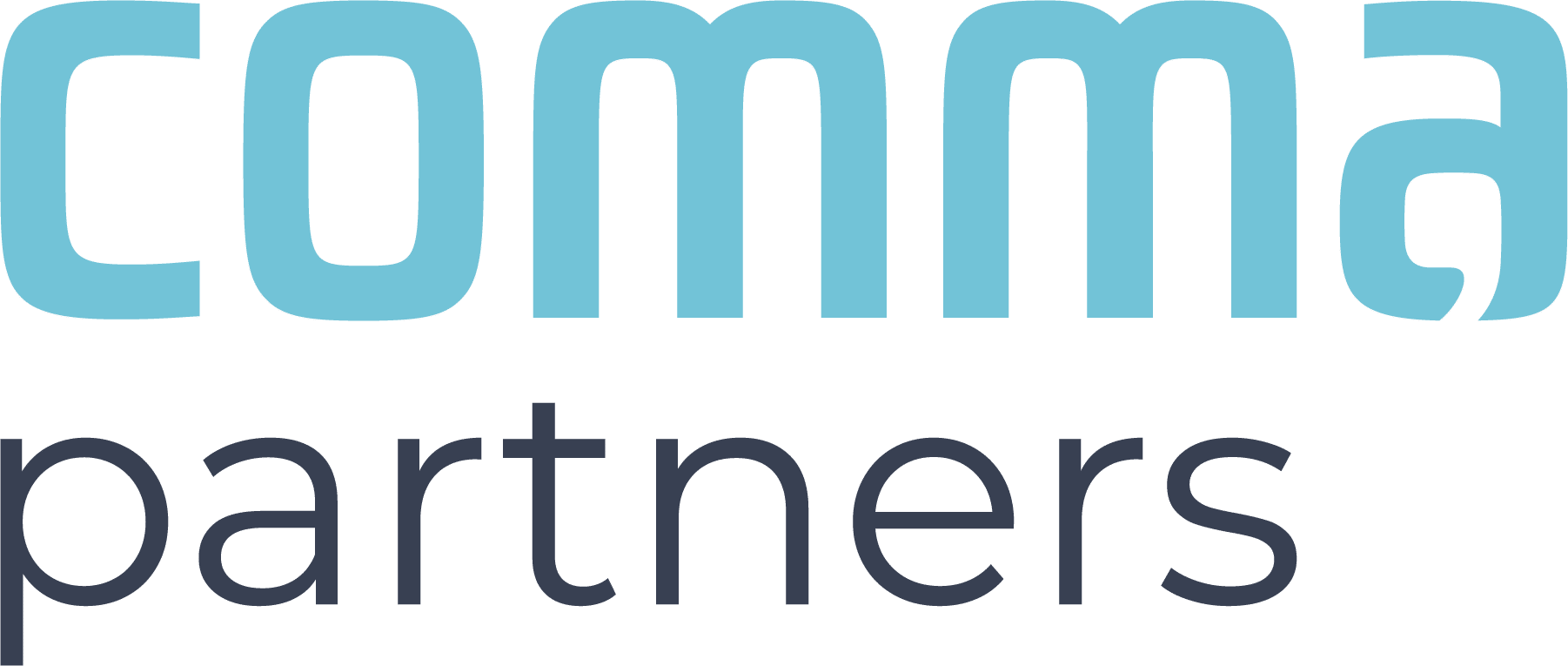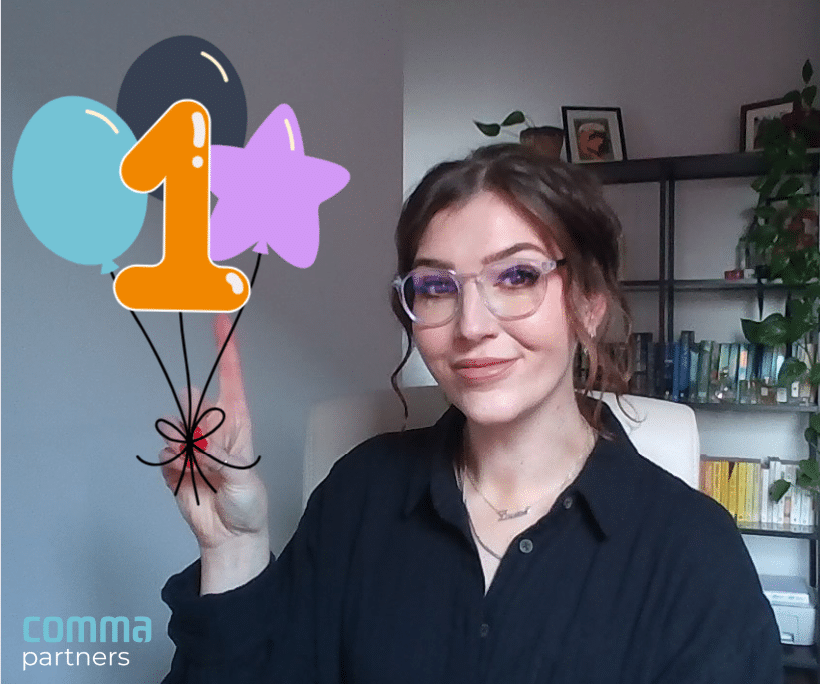Here at Comma we talked with our member network to discover how businesses have been communicating to two key audiences during the COVID pandemic.
The traditional ‘hard to reach’ employees (those at the front line, the shopfloor workers, the shift workers), and the more recent, virtual, audience – a by-product of the lockdown restrictions. We wanted to know what our members were doing to meet the needs of these two audiences and whether our roles need to change as we come out of lockdown.
Virtual employees
- IT is changing meeting settings so only 45-minute meetings are possible (to avoid back-to-back one-hour meetings and so overloading people)
- Managers are making more effort to telephone people
- Chat functions are rising in popularity – Yammer and WhatsApp as examples
- Podcasts are being created that employees can dial into from anywhere – typically one to two minutes in length
- Meeting time is being allocated to allow people to share stories with each other about how they are coping with lockdown
- More fun things are being introduced into virtual meetings before moving onto meatier subjects
- ‘No meeting days’ or ‘no meeting times of day’ are being Introduced so people don’t get overwhelmed just moving from one meeting to another
- Fundraising for a common cause that also allow employee families to get involved
- Online competitions are being run – e.g., prizes for the most steps walked each week
- ‘Time for you’ initiatives have been introduced with one company giving back 30 minutes of a day to employees so they can spend it as they wish, going for a walk, playing a game’
- Myers-Briggs type tools have been used as a fun way to bring virtual teams together and to help people get to know and understand each other better, e.g. www.16personalities.com
- External speakers have been added to campaigns
- Successes have been shared via photos on-line
- On-line thank yous and welcome to the team/happy birthday type cards have been introduced
- Festive campaigns have seen more fun events, e.g. cookalongs, wine tasting, quizzes etc
- Virtual townhalls have been held on YouTube – held live and then the recordings made available via internal links.
- Focused Yammer groups have been introduced on well-being/staying sane during lockdown
Hard-to-reach employees
For the hard-to-reach employees it was agreed that this audience continues to be a particularly difficult audience to engage. Often workers in this category do not have access to the various work devices that other employees have or, if they do, their work environments make it difficult to engage as freely, eg H & S regulations often preclude devices in production workplaces, call centre workers have targets to meet and, doctors and nurses have rarely had the downtime available to engage.
So, what had our network seen and experienced that has helped to engage these hard-to-reach employees?
- A reintroduction of ‘old school’ methods of communications e.g., personalised letters from leaders to employees’ homes
- Meet and greet events – at one call centre communication champions greeted people – high-fiving them as they arrived at work and gave them handouts to read because they did not have the time or opportunity to access the intranet. They also dressed the call centre to add an element of fun to the working environment
- Creativity on how and where best to engage audiences, e.g., in one hospital doctors and nurses were targeted in the canteen by showing three or four key messages on the menu card (and pointing employees where to go for additional information).
Digital screens in the workplace were also mentioned but these were seen to be most effective in environments where no other channels exist, otherwise they soon became ‘wallpaper’ unless messaging was continually updated. Digital screens running PowerPoints were the most cost-effective, quickest, and easiest to maintain, but again were quite labour intensive and not necessarily providing the outcomes required.
And where technology was not a limiting factor
- Vlogs – senior managers recording messages on their own iPhone, though it could be difficult to keep coming up with new content and thought needed to be given on where the vlog was posted as not everyone has access to the intranet, Yammer etc. Care was also required as employees in some countries, e.g., France and Germany, expect compensation for being asked to look at work-related matters outside of working hours.
- Leaders running events – for example, a Zoom event – that multiple people could join from one location (e.g., a shift) and listen to senior leaders together.
- Employee apps via personal or work devices, including video.
- Podcasts and Facebook to reach furloughed employees.
- Text messages
- Email newsletters to furloughed employees.
Flexible working
What became clear from our discussions, and will affect us all in the future as the desire for flexible working is not going to go away post-COVID, is that companies need to be ready for this. Many employees are already wishing to make the flexible working arrangements permanent.
Whoever the audience, hard-to-reach or virtual audiences, the network is increasingly seeing local managers/leaders being called on to do more of the communication and engagement because of the pandemic. This in turn has highlighted what we knew was already there – a vast range of competency and capability levels.
Many members were already providing additional support in this area – tooling up managers with content to share, conversation starters, speaker notes, scripts, encouraging them to do more one-to-ones, providing guidelines for stakeholder management, making sure the right channels are available to them and helping them to set boundaries in the virtual world.
What do these findings mean for the future?
What is clear is that the workplace will look and feel different post-pandemic. We will not be returning to ‘as was’. With remote working likely to continue in one form or another the employee experience is going to take centre stage and how to engage a hybrid workforce is going to be key. Cultures will change, how we do things will change, how we manage will change.
To be ready for this companies need to engage their staff now, asking them what has worked during the pandemic and what has not, polling opinions and gathering feedback in a transparent way that shows employees we want to work with them to shape the new world.
Communicators too need to work collaboratively, with HR and the business to make sure companies are ‘tooled’ up to manage the changes that will be required. For example, training and coaching of managers to be better communicators takes time. If we recognise the need and start planning now, businesses will be in a better position when furlough comes to an end and we start to see the reconvening of a new-look workforce.
Communicators can provide the skills required – strategizing, planning, auditing, polling, training, and coaching.
Comma can help. Our trainers, coaches and experienced communicators can design a road map of what is required and deliver operationally if required. Managing change is what we thrive on.
For Comma Partners, please email virginia.hicks@commapartners.com or call 07900057725
Published 18 February 2021




